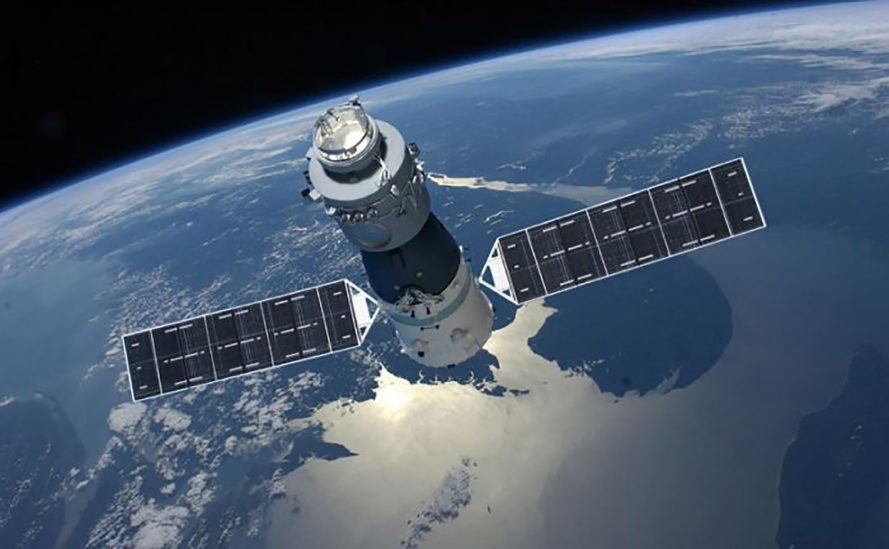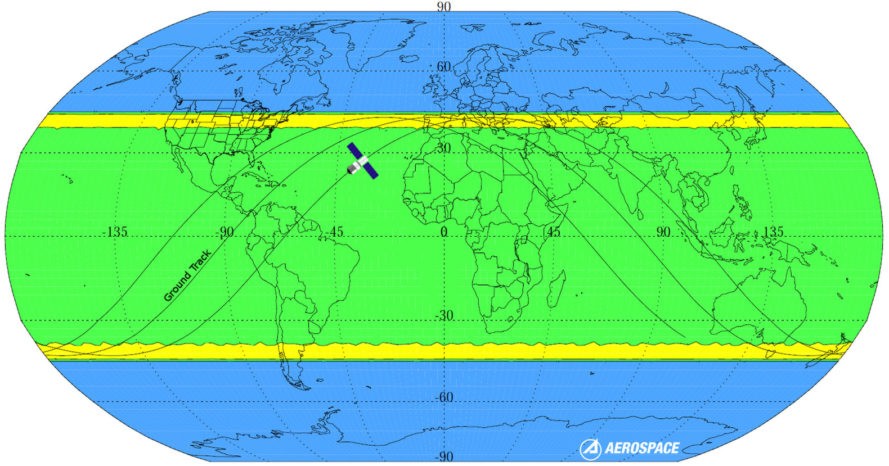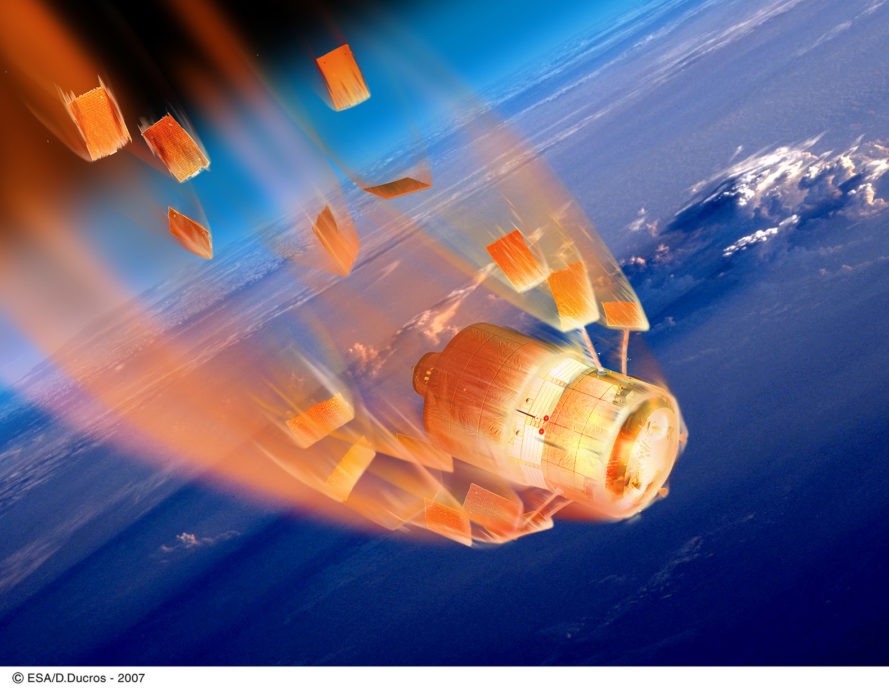China lost control of their first space station Tiangong-1 in 2016 – and now pieces of it could come crashing back down to Earth. Research organization Aerospace Corporation recently predicted the station could re-enter our planet’s atmosphere sometime around the middle of March. Around 2,000 to 8,000 pounds of the almost 19,000-pound station could hit the surface.

Tiangong-1, or Heavenly Palace, was the first station China built and launched. They sent it to space in 2011, and two manned missions to the station were completed. Tiangong-1 wasn’t supposed to last much past 2013, but China decided to lengthen its lifespan. Then they lost control in 2016. The station’s orbit has been gradually degrading, so its re-entry will ultimately be uncontrolled, according to The Verge.

All this may sound like really bad news. And it’s true that thousands of pounds of Tiangong-1 could make it back to Earth. But multiple space agencies have been tracking the station, and think it may crash down between 43 degrees North and 43 degrees South latitude – a region largely covered in ocean. Most of the land in that area is also unpopulated. In the Aerospace Corporation’s map shown above, there’s a zero probability of trash re-entry in blue areas; green areas have lower probability and yellow areas have a higher probability. But the organization said, “When considering the worse-case location (yellow regions of the map) the probability that a specific person (i.e., you) will be struck by Tiangong-1 debris is about one million times smaller than the odds of winning the Powerball jackpot.”
This also won’t be the first time an object as big as Tiangong-1 – or even larger – has made an uncontrolled re-entry. Phobos-Grunt, an almost 30,000-pound Russian spacecraft intended for a trip to Mars failed and plummeted to Earth in 2012. And NASA’s almost 160,000-pound Skylab, their old space station, also made an uncontrolled re-entry, according to The Verge.

Humanity has been launching rockets for around 50 years – and a single person is known to have perhaps been struck by space trash in all that time. In 1997, Lottie Williams was taking a walk in Tulsa, Oklahoma when metal fragment hit her shoulder, and according to Wired, NASA confirmed the time and place were consistent with the re-entry of a second-stage Delta rocket – although the shard wasn’t ever positively identified, and Williams wasn’t injured.
Via The Verge, Business Insider, and Aerospace Corporation
Images via CMSE via Phys.org, Aerospace Corporation, and copyright ESA – D. Ducros
Source Article from http://feedproxy.google.com/~r/blacklistednews/hKxa/~3/icWTahJJ5Xo/M.html
 RSS Feed
RSS Feed















 January 4th, 2018
January 4th, 2018  Awake Goy
Awake Goy  Posted in
Posted in  Tags:
Tags: 













